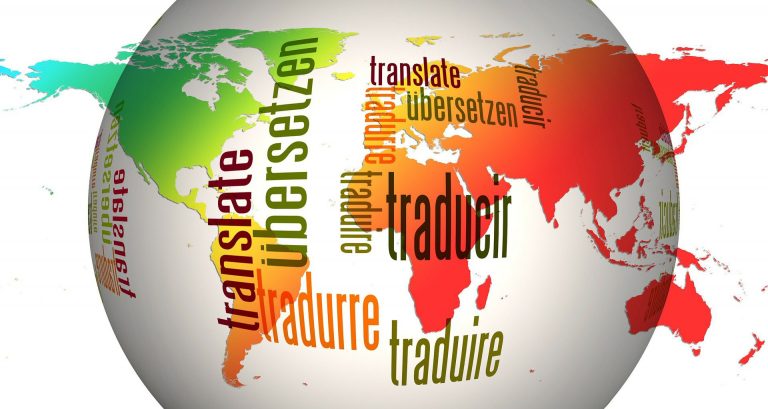Last Updated on March 1, 2024 by
Translation Memory (TM) is a database of previously translated sentences or other word segments with their corresponding translations. When utilizing a translation memory, a translator will see how a particular segment has been translated before, and can reuse this earlier work regardless of who contributed the translation unit to the database in the first place. This will increase consistency and speed, and cut costs.
Table of Contents
Fastest Translation Memory Ever
MotaWord online translation platform provides the fastest translation memory available in the industry today. An exceptionally fast TM system enables us to provide our clients translations with unparalleled speed and accuracy. The strings in a translation memory can be complete sentences, partial sentences, headings, titles or other word segments. These word segments with their corresponding translations form the database. Combing through this database for matching word segments, our system finds the appropriate translation units, i.e. the pairs of source text and its translation that match the text being translated at the moment.
As MotaWord never charges for the translation of the same string twice, our system takes all past translation work into account when providing a price quote to our clients. With our super fast TM structure, quotes that already take into account all possible savings are available in seconds.
A Key Element in Quality and Consistency
Cutting Edge TM establishes translation quality and consistency that is hard to achieve otherwise. When utilized efficiently, a TM will ensure consistency from document to document and from one project to another. For near-matches, the translator will always see how a string has been translated before, and can make an informed decision on how to implement that knowledge in the task at hand. For any duplicates, or exact matches, the system automatically offers the already existing translation. Should a translator or proofreader make a judgement call to translate a string differently from a previous translation unit, our TM saves both – or multiple- translations to be utilized in future translations.
Read More: Website localization: Why translating your Content is a good idea
Significant Savings in Translation Costs
The obvious savings come from not being charged for strings that already exist in the TM. But there are other ways that our translation memory creates savings to our clients.
First of all, MotaWord doesn’t hold our clients captive by the way of translation memory. Each client’s TM is an asset belonging to that client, and they can access it whenever they want. When a translation is performed, that information becomes part of the client’s translation memory. MotaWord maintains the TM and keeps it up to date but does not own the TM.
Secondly, Our clients can upload an existing translation memory to our system, and we will utilize it in ensuring consistency and quality of translations, and also in offering our clients the best possible price if matches to existing translation units are detected.
Thirdly, a recent cost-saving feature at MotaWord platform is called PTM discounts. If a client submits similar documents in parallel, our Prospective TM feature detects this and calculates a discount over identical pieces of content, even if the discounted content has not yet been translated, and hence is not yet part of the TM.
MotaWord’s cutting edge TM system means that the more our clients work with us, the better, faster and more accurate translations MotaWord delivers. And the more discounts we can offer.
Apart from that, if you are interested to know about Tools in Cloud Based Translation Management System then visit our Technology category.



